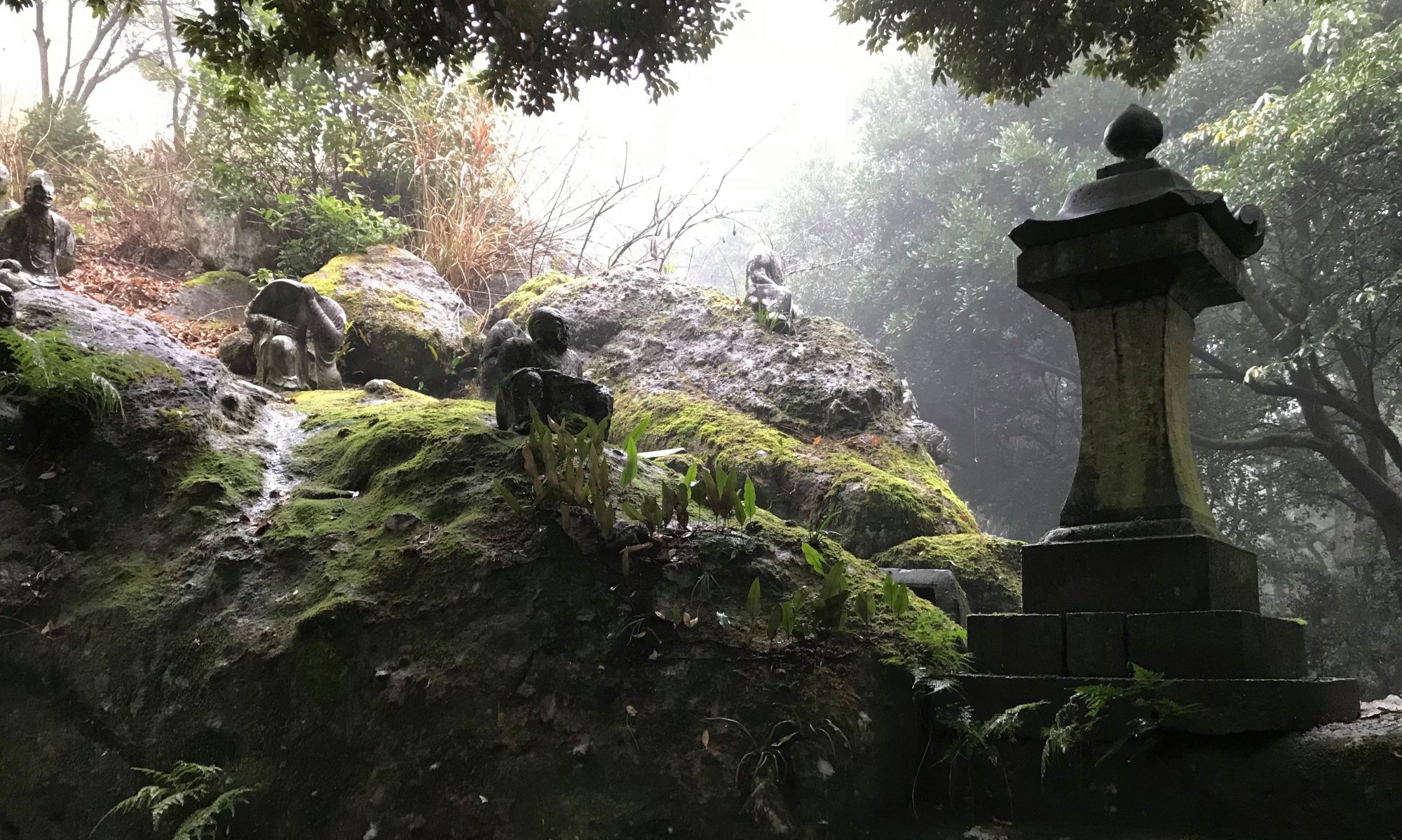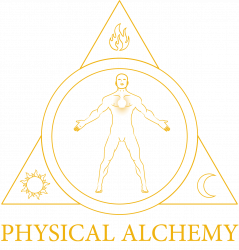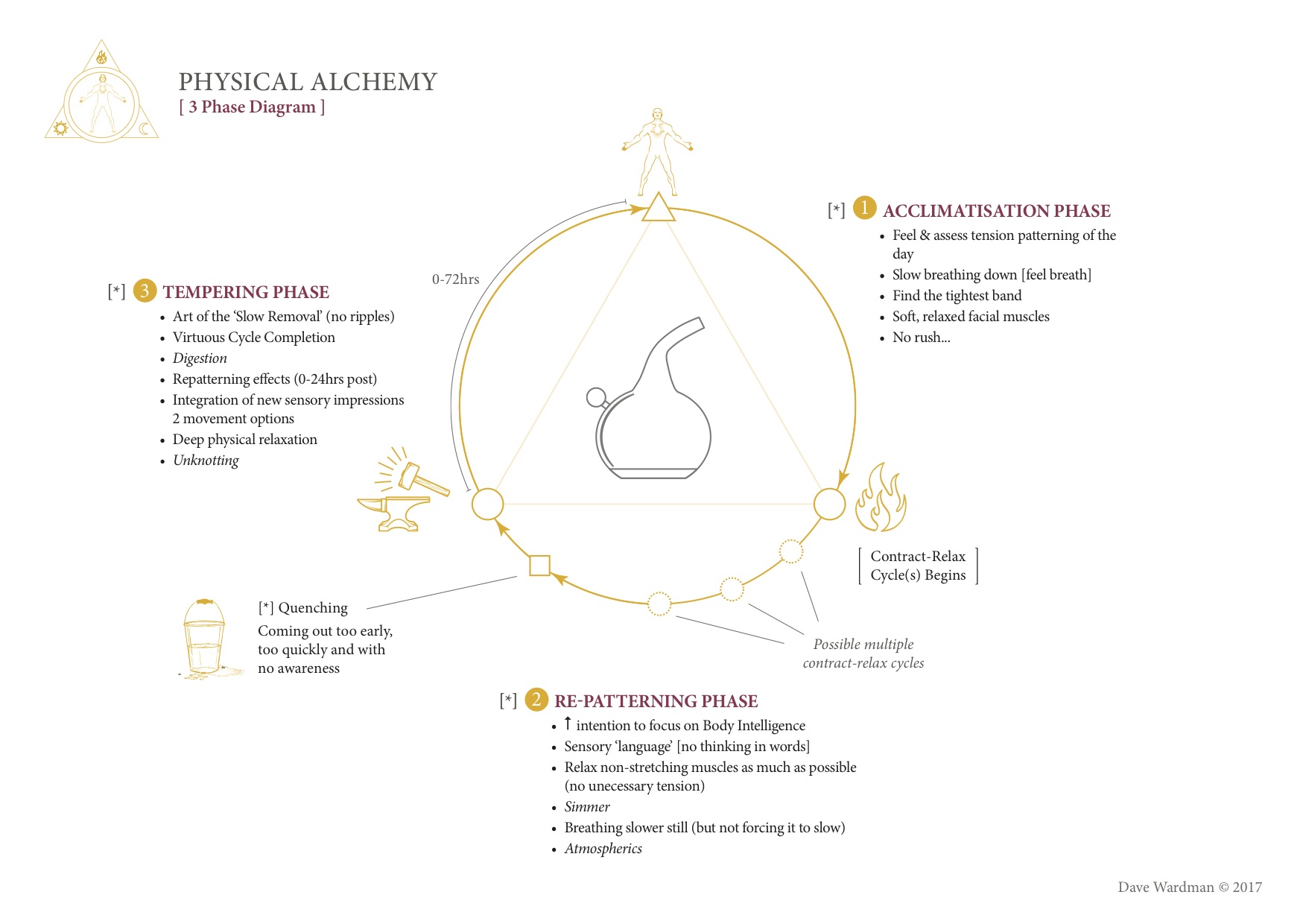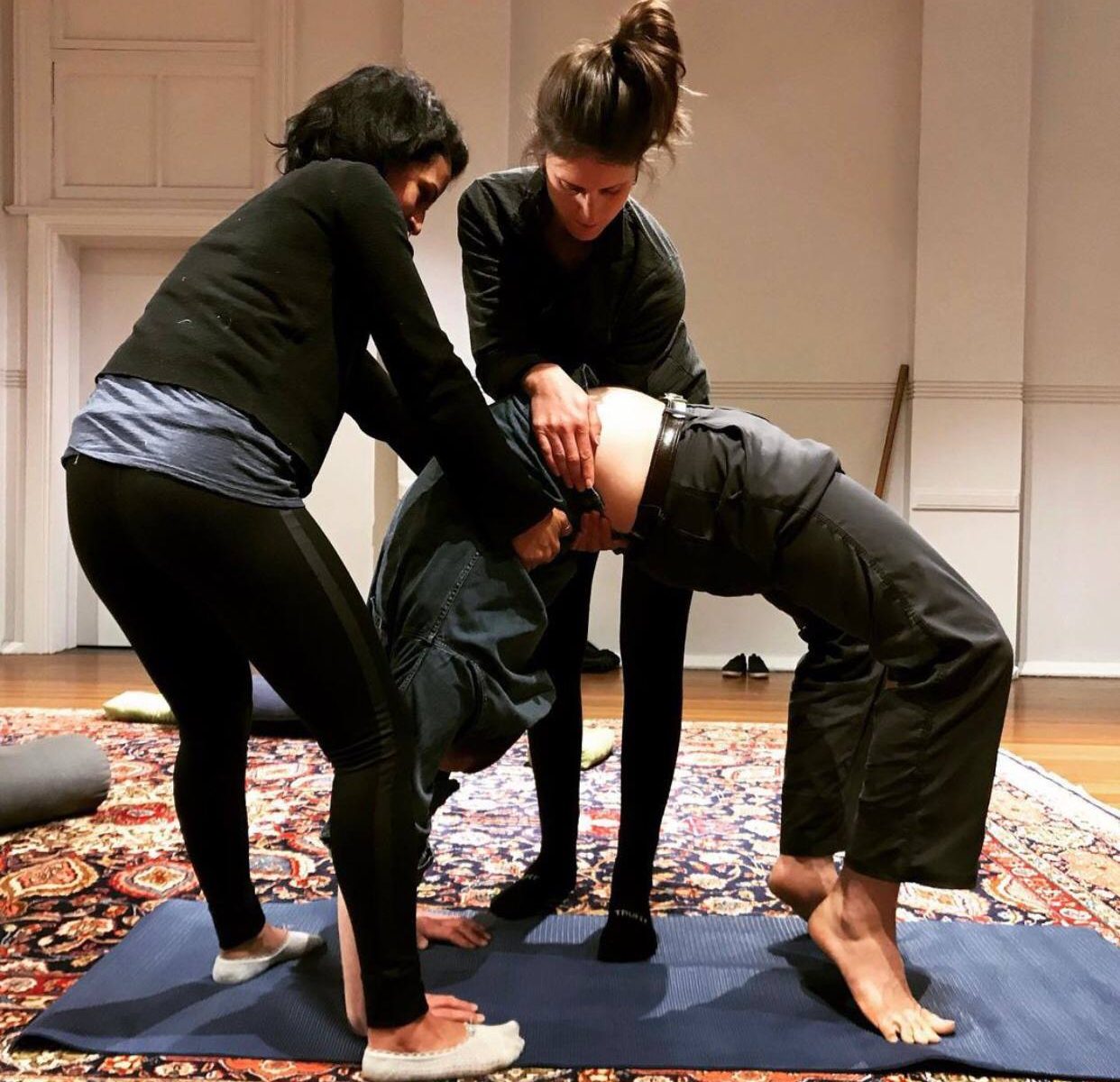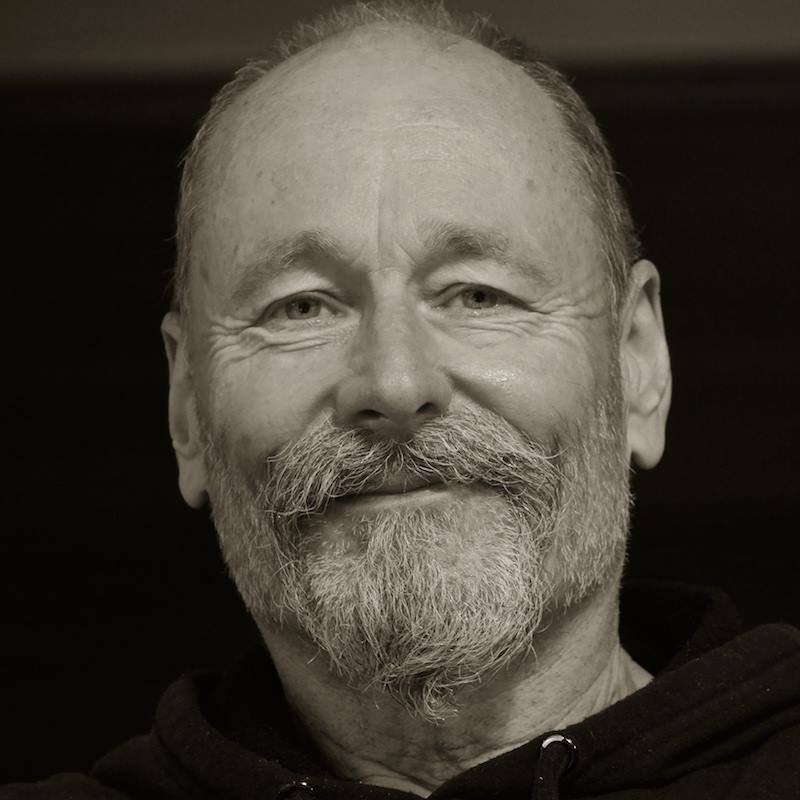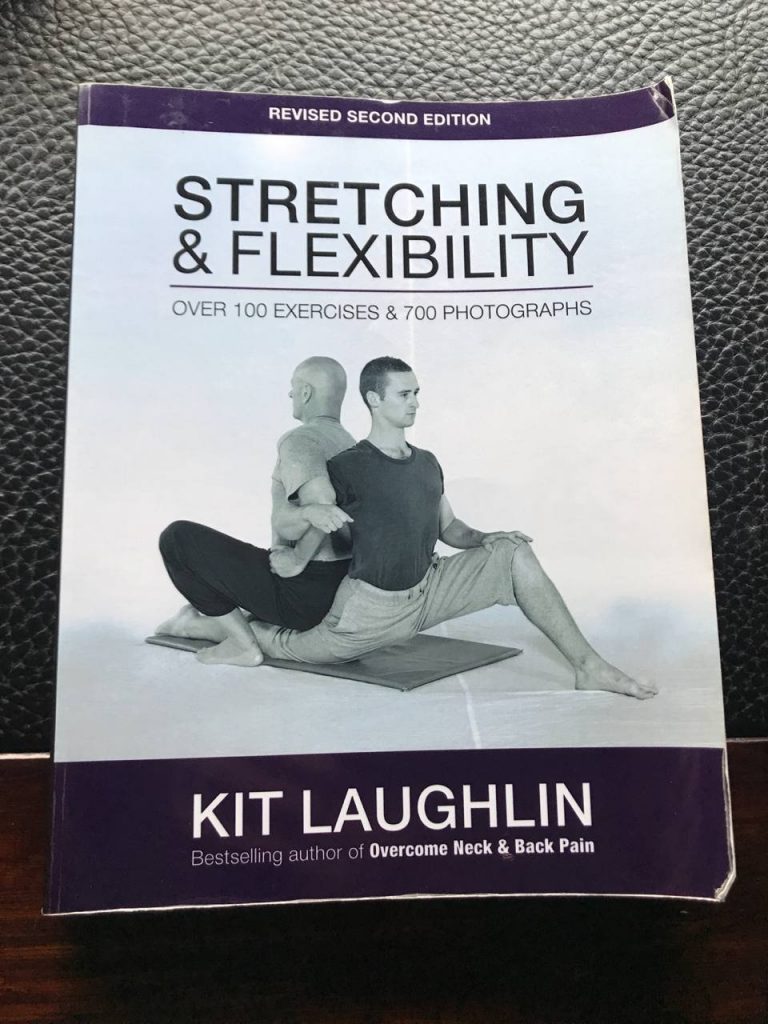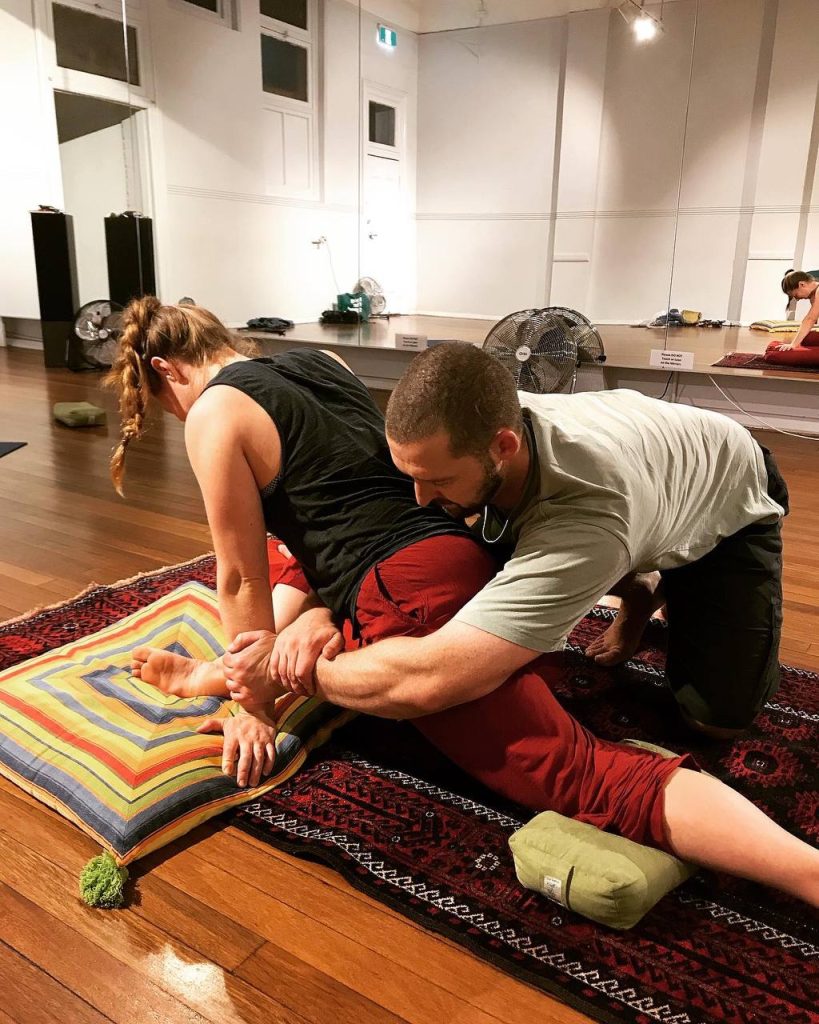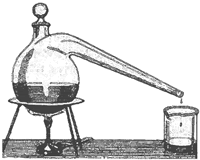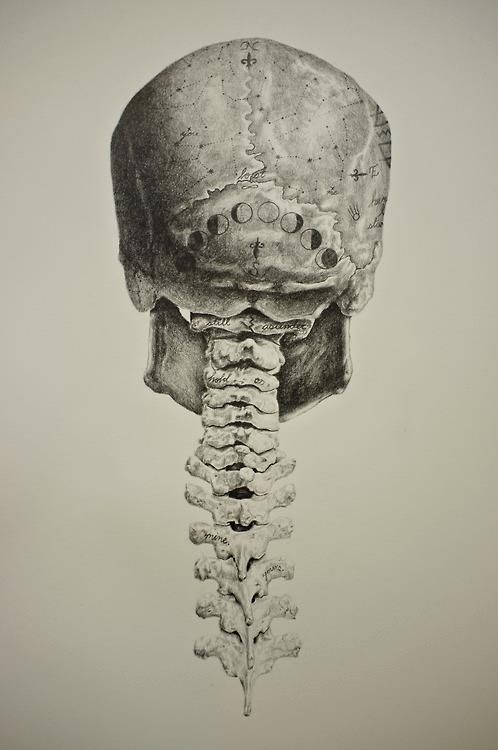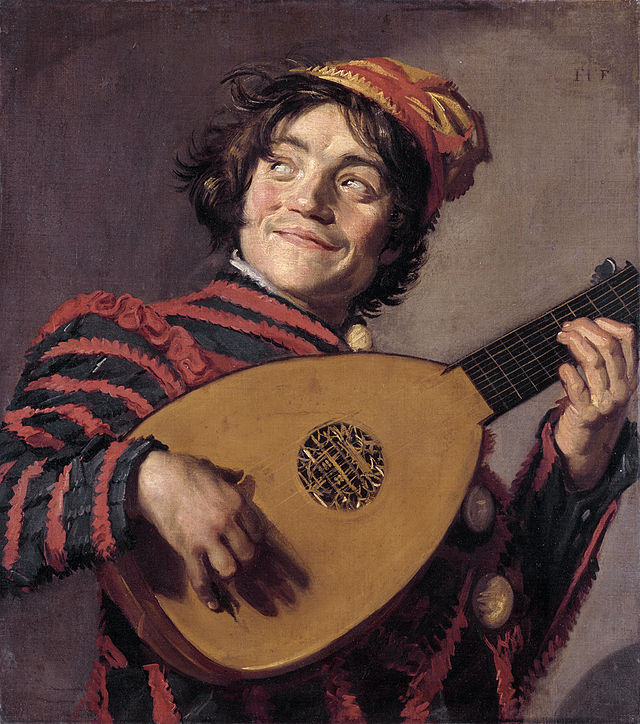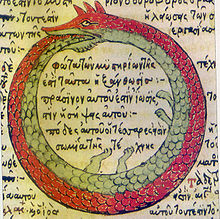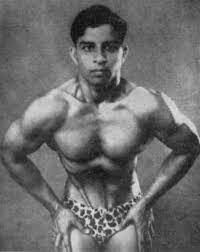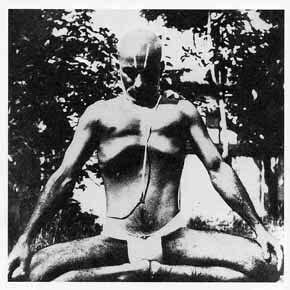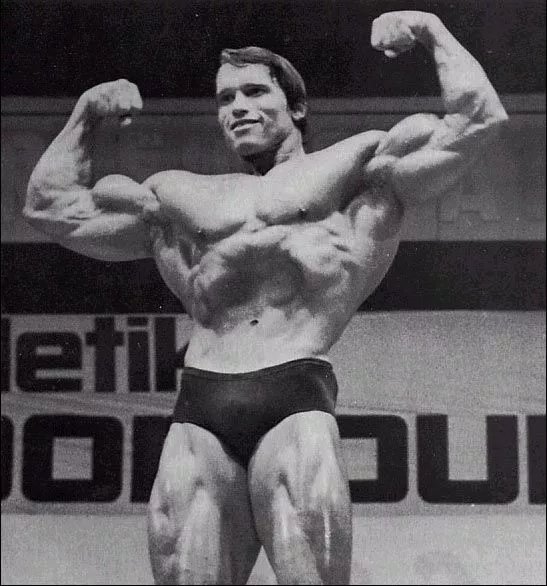The last essay served as an introduction to the art of repatterning stretching: its lore, heuristics, principles, aphorisms, and more. It was largely theorum. This second essay in a series of ‘class essays’ [essays designed to aid people dive into the repatterning stretching more fluidly] is more of the ‘applied theorum’ flavour.
Whilst it isn’t technical instruction proper; this particular ‘technique suite’ and cycle needs to be learned, understood – and then forgotten – as quickly as possible; so as to actually begin the art aspects of the work, not perennially linger in the shareware aspects of science and theorum. To ‘forget’ is to embody – below thought and words.
The essay is on the 3 phases a stretching posture will go through in a Repatterning Stretching class. In general this works for all postures [regardless of the muscle group or location] that will be encountered – hence it being the focus of this second essay.
Sometimes we will alter what happens in the phases, but the base format stays more or less the same throughout time.
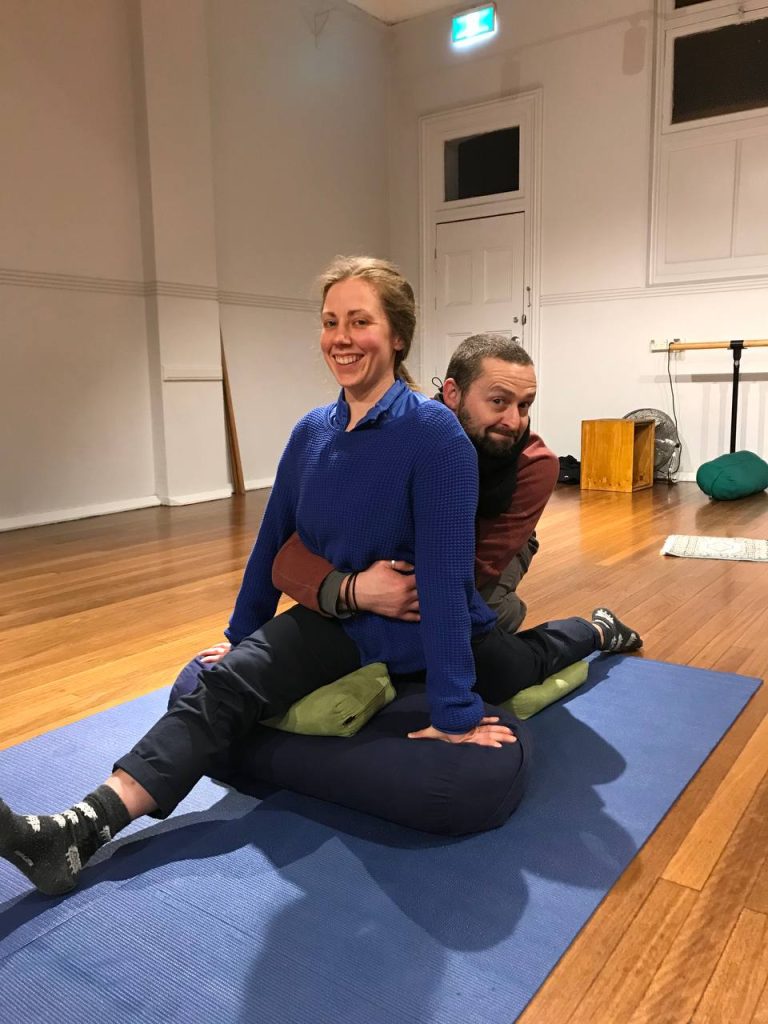
[*] Acclimatisation Phase
The initial phase of a repatterning stretching cycle begins with the stretchee [person stretching] entering the posture and getting comfortable. Acclimatising to the new position the body is taking.
This ‘getting comfortable’ includes the placement of bolsters and other props in the most auspicious configuration for the exercise; the dialogue and set-up of support between the stretchee and the partner[s] – and then a period of sinking into the posture; allowing the ambient stress of the day to start to boil off, as one begins to engage the proper breathing, mode and turn the focus inside the body.
This takes a different duration for different people. And for the same person and different postures. And for the same person and same posture on different days [and at different stages of training].
‘Guarded areas’ – areas of previous injury; high sensory and motor amnesia from a multitude of sources; level of tension in the muscle group being stretched; having high stress from other aspects of life; amount of other tight muscles or structures being ‘lit up’ as collateral of the posture being used – all tend to increase the duration of this first phase. As does the simple fact of being a neophyte to the method.
As one proceeds and gains increasing skill at the method, the time of acclimatization phase goes dramatically down simultaneously as the depth at which one can enter the states conducive to repatterning stretching.
This is a neat feature of the method but it can also lend itself to manifestations of impatience – of rushing to the bridge the separates the first and second phases; simply because one has the ability to acclimatize quicker than before [because one has developed an unnatural yearning for the release component that forms the gateway between phases – a sort of ‘catharsis addiction’]
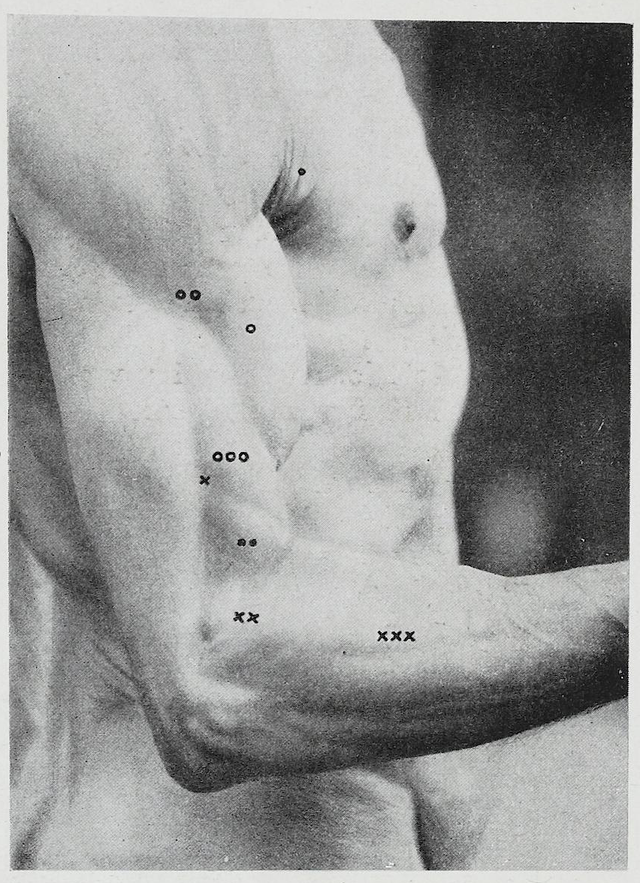
[*] the first bridge [contraction]
The bridge between the first and second phase of the cycle is contraction. More technically it is contracting, relaxing and overriding the stretch reflex – then sinking into a deeper range within the selected posture. This elicits the beginning of the repatterning of the ‘grey’ and ‘blacked’ out portions of our bodies cartography.
[*] the stretch reflex
The stretch reflex is a protective mechanism in the body designed to help prevent injury and damage to the soft tissues potentially caused by: moving too far passed the bodies cartography [off the edge of the map]; moving into an extended [stretched] position with too much speed; or in general being in a ‘grey’ area [a suspicious but not yet inauspicious zone] with too many chaos vectors and/or with too little body awareness.
Every body has felt this reflex at a basic level – it is what it feels like to have a stretching sensation in the body.
What is not drawn out [usually] is the immense variety of tone, timbre and eloquence of these sensations [the language of stretching]. Nor how to triangulate this language with interactions with Others [speech, action, behaviour, gesture] and the world [when, circumstance, transparent patterns, and opaque undertow] as a basis for moving into deeper work.
[*] contraction
Contraction of a muscle that is under stretch [has a stretch reflex active from the muscle spindles] provokes a more powerful reflex from the golgi-tendon organs within the tendon of the muscles. It is basically a potent relaxation signal from the brain to relax the stretch reflex. So in a way we are playing one protective mechanism off against another [stronger] protective mechanism with the goal of moving deeper into the range of movement of the posture – with the purpose of repatterning the area.
Contraction is usually of the primary muscle under stretch.
The contraction type is most often isometric [contraction happens but no motion]. This is facilitated by the partner resisting the force of the contraction with as close to an equal and opposite force as they can. This is simple to learn but there is a whole art to partnering well.
Less commonly we contract adjacent or ‘irradiated’ muscles [muscles that contract in sympathy with the primary muscle, when the force exerted by the muscle is great enough – sometimes called ‘irradiation’ ]. Sometimes we contract a muscle in such a way that it pulls on longer sinew channels and enhances the stretch in numerous ways.
Later we can play around with long duration eccentric stretching, uncoupling techniques, tractioning and pressure, and so on. Some of these methods work extremely well in practice but do not fit neatly into a particular type of proprioceptive reflex class. [oh well].

[*] repatterning phase [phase II]
After the contract-relax cycle is completed, you will be in a new range of movement for the posture. This can be a large or minute change in measurable range or sensation intensity. This will come along with a new symphony of sensations. Possibly a cacophony of sensations, if you have overcooked it! [try not to]
In this phase the state that we are in is of primary importance.
It is one of physical and instinctive dominance. Thoughts and ideas are ignored, preferably absent. In Alchemical Stretching the emotions come more into an active role, but in repatterning stretching they are just chorus.
We are playing with low level embodied paradox principles here: in that one is trying to keep relaxed and introspective states, whilst simultaneously the body can create some intense sensations and experiences. We are not moving much when viewed from outside, but inside there are many currents moving through the body.
[*] Maladapted protective mechanisms, modes and mapping [here be krakens]
Some of you may be pondering why one would want to tinker with the bodies protective mechanisms at all. Well, if we recall some of the points from the first essay, we can infer that: because we have warped-structure, that will not respond to normal methods; and is brought about by a huge host of individual, group and worldview factors – our protective mechanisms can actually be maladaptive.
Another way of thinking about it is we are cleaning up the protective mechanisms by enhanced the resolution and breath of the somatic cartography.
Areas in the somatic mapping department that are registered as ‘grey’ and ‘black’ draw forth the protective mechanism of the stretch reflex.
If one repatterns them [by the cycle in this essay or by other means] then they no longer elicit a stretch reflex in that range. You have become more flexible. But also you have increased the resolution of the maps, increased the strength at the musculotendous junction [if you use contractions], increased general body awareness and physical resilience, reduced pathological and unnecessary tension and shifted the body image.
Taken all together these feeeel very good, indeed.
The mode and states used in repatterning stretching are very important.
To use a brief, nautical analogy: if we imagine the repatterning process as being a sea voyage from one of the ages where the world was not fully mapped; lots of mythical beasts and fabled lands were vaguely hinted at on the periphery of the charts.
If we send out our fleet into the great unknown and only a third of the ships return home – we are like to be cautious about the waters and lands in these directions of no return. Maybe they were eaten by a kraken? Perhaps they sailed off the edge of the map, never to be heard from again. It doesn’t do much for our feeling of danger in these locations.
We want our explorers to return, hopefully with detailed maps. What helps our explorers in their quest are states and modes.
Keeping these basic embodied paradox principles in the body whilst it is in the second phase is what encourages the most detailed mapping [and subsequent high quality repatterning].
The modes of being used in repatterning stretching are not the ones of preference by the current modern scientific civilisation but they are natural human modes of interacting with the body and can be learned via training.

[*] the second bridge
The second bridge occurs when the body signals that it has had enough new impressions. The body and not the mind. Learning the difference is actually a very important point that has carryover into many other aspects of life [as does hard training of other sorts, and for other analogous reasons].
This bridge encompasses the exiting of the posture in such a way as to ‘have all the explorers return’. The ‘art of the slow removal’ is a meta-quality similar to using ‘uncoupling’ during the second phase. It is the skillful, artful and even graceful [sometimes not in some postures, too] utilisation of the parts of the body that were not just being stretched to gently remove oneself from the posture, whilst maintaining an unbroken line of body awareness and keeping the repatterning modes on throughout the duration.
Rookie errors are bailing out of the stretch once one is cooked with little or no body awareness; shifting modes into thought- and word-intoxication now the stretching part is ‘done’; tuning off the modes and coming out in a motor and not sensory dominant fashion. And so on. These are encompassed in the diagram from 7 years ago [at the top] under the blacksmithing term ‘quenching’.
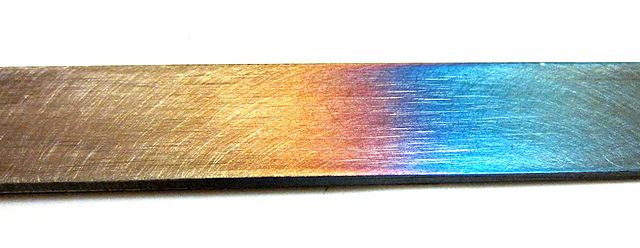
[*] Tempering Phase [phase III]
Continuing our human metallurgy metaphors, the final phase of the 3 phase cycle is called [by me at least] tempering phase. This phase begins after one has exited the stretch and can last up to 72 hrs [longer in the Alchemical Stretching higher order equivalents].
Tempering is both cumulative and individual.
Cumulative in that some of the repatterning effects [a subject for a later essay in the series] build up and activate due to something like the total load of quality and quantity of new impressions from the session total [modified by how deeply the mining tapped into areas that needed work for that individual on that day at that stage of training].
‘Individual’ in that individual postures will get more flexible and the body awareness, sensation and contraction coordination will increase in them, alongside more qualitative improvements in soft tissue tone and texture.
The metallurgy metaphors are apt, too. Changing the state of the organism is often long, labour-filled [but not ‘laborious’ if you get the modes correct] and requiring continuous heat – not dissimilar to working with metal. Particularly the deeper structural elements, which if we recall from the first essay are prima materia in this method of stretching.
These processes take time. But less time and energy than they took to sediment into the body in the first place, thankfully. The applied theory in this essay is useful to know in the beginning but quickly is digested and simply become the knowing how to do repatterning stretching auspiciously.
Having knowledge of the sequence, bridges, phases, modes and heuritics around these can save one from wasting time in the beginner-to-intermediate time-frame – thusly getting you into the real art of repatterning stretching as quickly as you body allows [but no faster].
[D]
